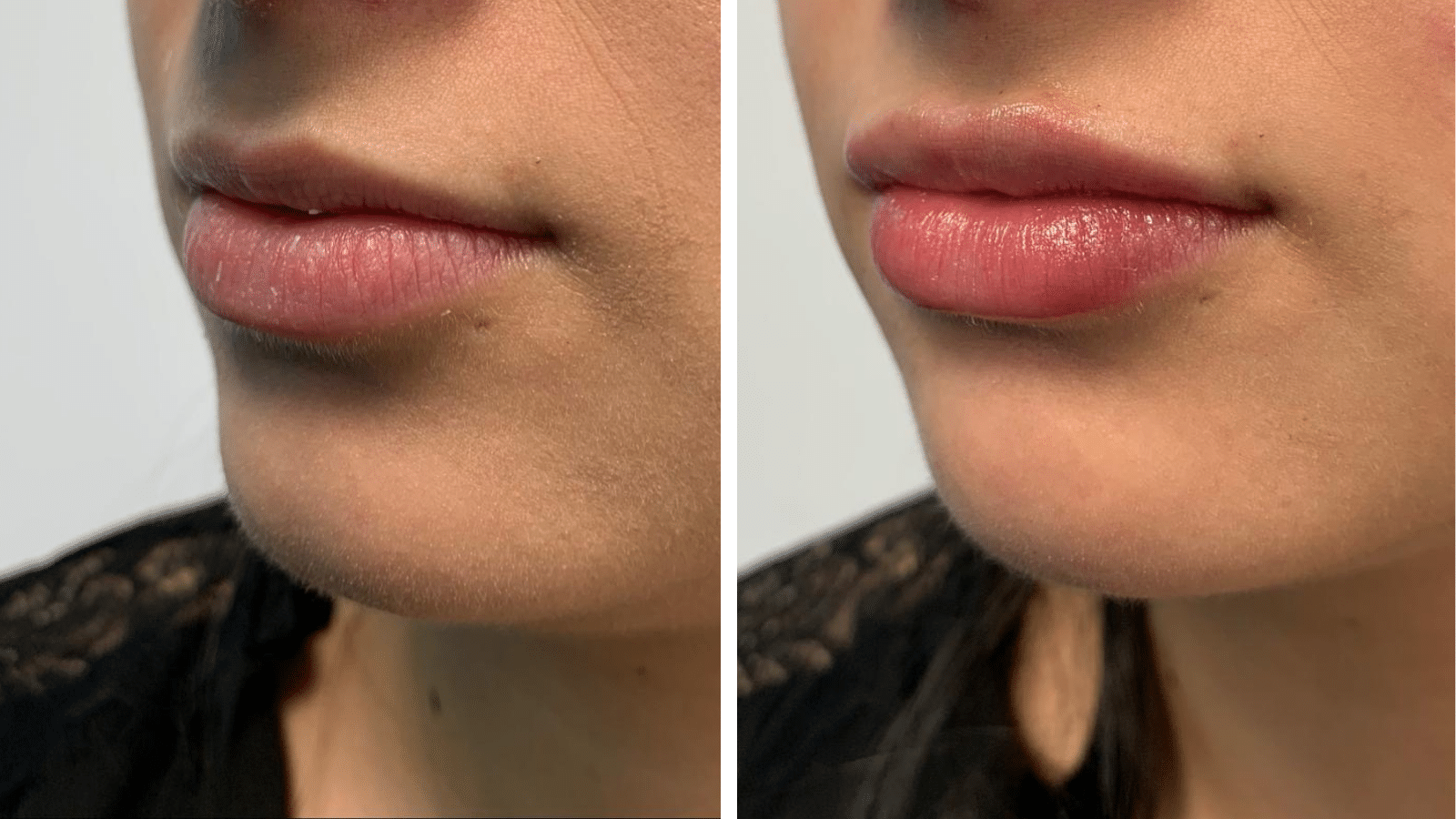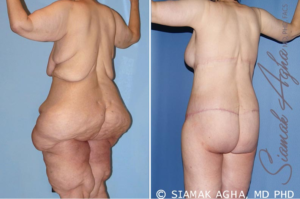
Nonsurgical procedures are an alternative to a surgical brow lift. These procedures are also known by brow lifts. They take less than an hour to perform. Important information to consider is the cost of a browlift, as well the recovery period and potential complications. If you are willing to travel to the country for the procedure, it is a good idea to look for a clinic accredited by the Joint Commission International.
Cost of nonsurgical brow lift
A nonsurgical eyebrow lift is cheaper than surgery. But there are several things you should keep in mind. A well-known surgeon may charge more, while a less expensive procedure may not yield the same results. Unattractive looks can lead to higher costs and more surgeries. Also, a less expensive procedure may be more risky, since it may lead to revision surgery, which could raise the cost.
Two ways can you calculate the cost of nonsurgical eyebrow lifts. You should budget more if you don't intend to use makeup afterwards. It is not only the cost of the procedure, but also the cost of any pre- or post-operative medical care. This includes the cost of any medications and supplies required during the procedure. It also covers any lost work or recovery time. Insurance might not cover a hybrid procedure.

Recovery time following brow lift
The recovery time after a brow lift depends on the specific procedure. For the first week, you should avoid strenuous activity. After two weeks, you might be able to walk for short periods and do light housework. For at least two weeks, you should not smoke or drink alcohol. After two to three months, swelling and bruising will disappear. Warm compresses can be used to reduce swelling andbruising.
The recovery time for a browlift varies. You should be aware that the procedure could result in an increased hairline or hair loss at the incision site. This issue can be addressed by your surgeon using scar removal or hair grafting. There are also risks associated with brow lifting, such as bleeding, infection and adverse anesthesia reactions. Before you have the procedure, your doctor should be fully informed about your medical history. Your doctor might prescribe anti-inflammatories and non-opioid pain medications. After the procedure, a drain tube might be installed.
Eyebrow Lift Surgery: Possible complications
The time taken to recover from browlift surgery will depend on the type of procedure and whether any additional procedures were performed. Patients may experience bruises and bruising that are likely to fade within two to three weeks after the procedure. Showering is permitted the day following surgery. A hair conditioner may be applied to the treated area to reduce the likelihood of hair becoming matted. Light exercise can be done up to two weeks after surgery. The fourth week is the best time to start more strenuous exercise.
The procedure of brow lifting is performed under general anesthesia, intravenous sedation or twilight sedate. The surgeon will make incisions where necessary along the brow line, brow bone, and raise the skin and deep layers to the forehead. The scarring from a browlift is common, but should fade once the hairs have recovered. Scarring has always been a concern for brow lifts.

Travelling abroad to have browlift surgery
If you're looking for a top-quality surgeon to do a browlift, it is worth traveling abroad. The procedure is extremely safe with a success ratio of 92%. While there is a slight risk of complications, traveling abroad is a safe option for patients seeking cosmetic enhancements of the face and brows. Here are some benefits of traveling abroad to have brow lift surgery.
Scarring, swelling, and bruising are the most common side effects after brow lift surgery. Also, there is the possibility of nerve injury, infection, and facial asymmetry. These may need to be addressed with revision surgery. Talk to your surgeon if you have questions. Most patients will experience bruising and swelling for up to two weeks following surgery. Some patients may also experience an increase hair loss near the incisions. Others may feel less sensation around the surgery site.